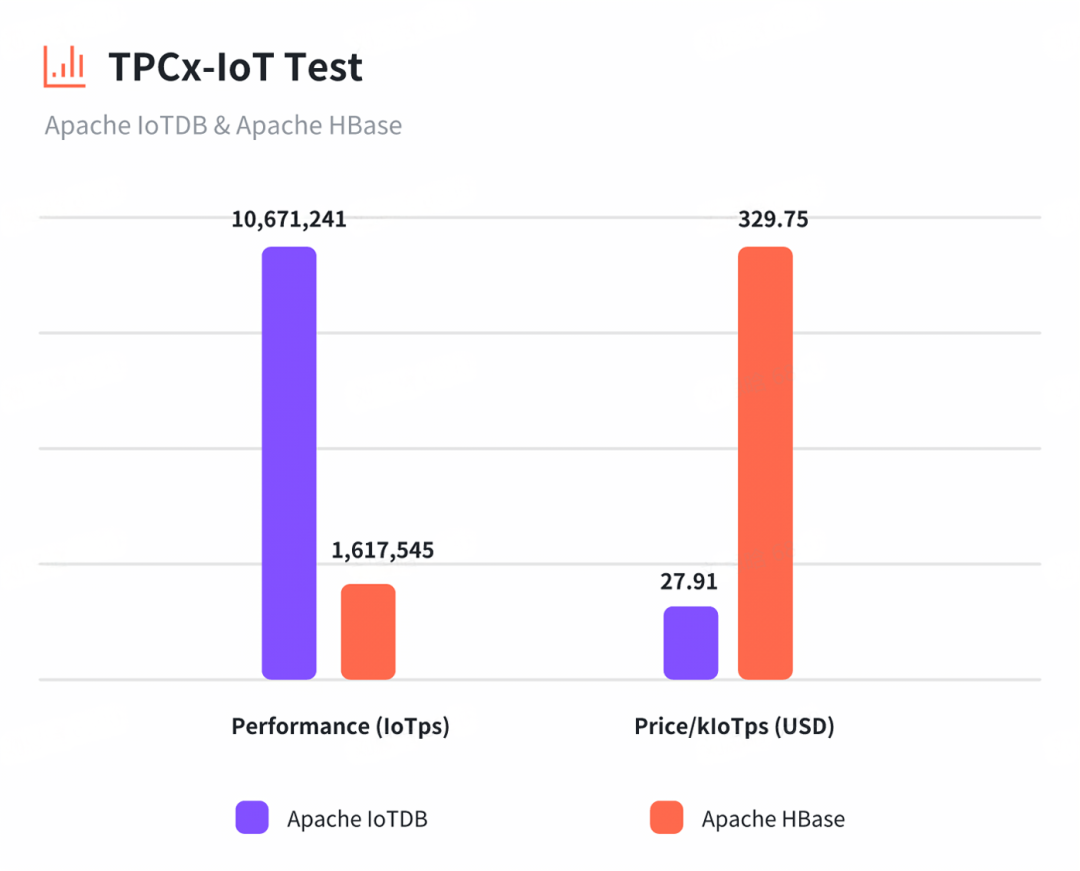区别
- nn.Embedding() 接收整数索引(如词汇表中的 Token ID),不要求固定输入维度,返回权重矩阵 W W W 中对应的行向量,类似查找表操作。
- nn.Linear() 接收一个向量输入(要求固定的输入维度
input_dim),返回线性变换后的结果( W x + b Wx + b Wx+b),其中有偏置项。
运行代码:
import torch
import torch.nn as nn
# 设置随机数种子,确保结果可重复
torch.manual_seed(0)
# 假设有 5 个词,每个词的嵌入维度为 3
num_embeddings = 5
embedding_dim = 3
# 定义 nn.Embedding 层
embedding = nn.Embedding(num_embeddings=num_embeddings, embedding_dim=embedding_dim)
# 定义 nn.Linear 层,输入维度为词汇表大小,输出维度为嵌入维度
linear = nn.Linear(in_features=num_embeddings, out_features=embedding_dim, bias=False)
# 手动将 nn.Linear 的权重设置为 nn.Embedding 的权重的转置
with torch.no_grad():
linear.weight.copy_(embedding.weight.transpose(0, 1))
# 输入的词索引
indices = torch.tensor([0, 1, 2, 2, 4])
# 打印输入的词索引
print("输入的词索引 (indices, token IDs):")
print(indices)
# 使用 nn.Embedding 获取嵌入向量
embedding_output = embedding(indices)
# 打印嵌入层(Embedding)的权重矩阵
print("\nEmbedding 层的权重矩阵 (embedding.weight):")
print(embedding.weight)
# 打印 Embedding 的输出
print("\n使用 nn.Embedding 获取的嵌入向量 (embedding_output):")
print(embedding_output)
# 将词索引转换为 one-hot 向量
one_hot_input = nn.functional.one_hot(indices, num_classes=num_embeddings).float()
# 打印 one-hot 输入
print("\n转换后的 one-hot 向量 (one_hot_input):")
print(one_hot_input)
# 使用 nn.Linear 获取嵌入向量
linear_output = linear(one_hot_input)
# 打印线性层(Linear)的权重矩阵
print("\nLinear 层的权重矩阵 (linear.weight):")
print(linear.weight)
# 打印 Linear 的输出
print("\n使用 nn.Linear 获取的嵌入向量 (linear_output):")
print(linear_output)
# 将 indices 直接传入 nn.Linear
try:
linear_indices_output = linear(indices.float())
print("\n直接将 indices 传入 nn.Linear 的输出 (linear_indices_output):")
print(linear_indices_output)
except Exception as e:
print("\n直接将 indices 传入 nn.Linear 时发生错误:")
print(e)
输出:
输入的词索引 (indices, token IDs):
tensor([0, 1, 2, 2, 4])
Embedding 层的权重矩阵 (embedding.weight):
Parameter containing:
tensor([[ 1.5410, -0.2934, -2.1788],
[ 0.5684, -1.0845, -1.3986],
[ 0.4033, 0.8380, -0.7193],
[-0.4033, -0.5966, 0.1820],
[-0.8567, 1.1006, -1.0712]], requires_grad=True)
使用 nn.Embedding 获取的嵌入向量 (embedding_output):
tensor([[ 1.5410, -0.2934, -2.1788],
[ 0.5684, -1.0845, -1.3986],
[ 0.4033, 0.8380, -0.7193],
[ 0.4033, 0.8380, -0.7193],
[-0.8567, 1.1006, -1.0712]], grad_fn=<EmbeddingBackward0>)
转换后的 one-hot 向量 (one_hot_input):
tensor([[1., 0., 0., 0., 0.],
[0., 1., 0., 0., 0.],
[0., 0., 1., 0., 0.],
[0., 0., 1., 0., 0.],
[0., 0., 0., 0., 1.]])
Linear 层的权重矩阵 (linear.weight):
Parameter containing:
tensor([[ 1.5410, 0.5684, 0.4033, -0.4033, -0.8567],
[-0.2934, -1.0845, 0.8380, -0.5966, 1.1006],
[-2.1788, -1.3986, -0.7193, 0.1820, -1.0712]], requires_grad=True)
使用 nn.Linear 获取的嵌入向量 (linear_output):
tensor([[ 1.5410, -0.2934, -2.1788],
[ 0.5684, -1.0845, -1.3986],
[ 0.4033, 0.8380, -0.7193],
[ 0.4033, 0.8380, -0.7193],
[-0.8567, 1.1006, -1.0712]], grad_fn=<MmBackward0>)
直接将 indices 传入 nn.Linear 的输出 (linear_indices_output):
tensor([-2.8583, 3.8007, -6.7578], grad_fn=<SqueezeBackward4>)
尝试:
- 将
indices改为torch.tensor([0, 2, 4]),观察输出。 - 将
indices改为torch.tensor([0, 1, 2, 2, 4, 0]),观察输出。 - 将
indices改为torch.tensor([0, 1, 2, 2, 5]),观察输出。
代码差异
权重矩阵的形状
- Embedding 的权重矩阵形状为
(num_embeddings, embedding_dim),即(输入维度, 输出维度),没有偏置项。 - Linear 的权重矩阵形状为
(output_dim, input_dim),即(输出维度, 输入维度),且包含一个偏置向量。
初始化示例:
# Embedding
def __init__(self, num_embeddings, embedding_dim):
self.weight = torch.nn.Parameter(torch.randn(num_embeddings, embedding_dim))
# Linear
def __init__(self, input_dim, output_dim):
self.weight = nn.Parameter(torch.randn(output_dim, input_dim))
self.bias = nn.Parameter(torch.randn(output_dim))
输入处理方式
- Embedding 将离散的输入(如 Token ID)映射到连续的嵌入向量空间,更通俗一点就是查找表,把输入当成索引,返回权重矩阵对应的行。
- Linear 则对输入向量进行矩阵乘法,再加上偏置,实现线性变换。
示例代码:
# Embedding
def forward(self, input):
return self.weight[input] # 返回权重矩阵的对应行
# Linear
def forward(self, input):
return torch.matmul(input, self.weight.T) + self.bias # 线性变换
数学表达
Embedding
假设词汇表大小为
V
V
V,嵌入维度为
D
D
D,嵌入层表示为矩阵
E
∈
R
V
×
D
E \in \mathbb{R}^{V \times D}
E∈RV×D。对于输入 token ID 序列
x
1
,
x
2
,
…
,
x
n
x_1, x_2, \dots, x_n
x1,x2,…,xn,嵌入层输出对应的嵌入向量
E
x
1
,
E
x
2
,
…
,
E
x
n
E_{x_1}, E_{x_2}, \dots, E_{x_n}
Ex1,Ex2,…,Exn,其中每个
E
x
i
∈
R
D
E_{x_i} \in \mathbb{R}^{D}
Exi∈RD。可以表示为:
E
(
x
i
)
=
E
x
i
E(x_i) = E_{x_i}
E(xi)=Exi
- E E E:嵌入矩阵,从代码上看就是权重矩阵 W W W。
- x i x_i xi:是输入的 Token ID,就是索引。
- E ( x i ) E(x_i) E(xi):嵌入向量,就是索引对应的行。
Linear
给定输入向量
x
∈
R
n
x \in \mathbb{R}^{n}
x∈Rn 和输出向量
y
∈
R
m
y \in \mathbb{R}^{m}
y∈Rm,线性层的变换表示为:
y
=
W
x
+
b
y = Wx + b
y=Wx+b
- W W W:权重矩阵,维度为 m × n m \times n m×n,决定输入到输出空间的映射。
- x x x:输入向量,维度为 n n n。
- b b b:偏置项,维度为 m m m。
- y y y:输出向量,维度为 m m m。
示例
如果输入向量 x \mathbf{x} x 有 3 个特征,输出向量 y \mathbf{y} y 有 2 个特征,则权重矩阵 W \mathbf{W} W 的形状为 2 × 3 2 \times 3 2×3。假设:
W = [ 1 2 3 4 5 6 ] , x = [ 1 2 3 ] , b = [ 0 1 ] W = \begin{bmatrix} 1 & 2 & 3 \\ 4 & 5 & 6 \end{bmatrix}, \quad x = \begin{bmatrix} 1 \\ 2 \\ 3 \end{bmatrix}, \quad b = \begin{bmatrix} 0 \\ 1 \end{bmatrix} W=[142536],x= 123 ,b=[01]
线性变换计算为:
y = W ⋅ x + b = [ 1 2 3 4 5 6 ] [ 1 2 3 ] + [ 0 1 ] = [ 14 32 ] + [ 0 1 ] = [ 14 33 ] y = W \cdot x + b = \begin{bmatrix} 1 & 2 & 3 \\ 4 & 5 & 6 \end{bmatrix} \begin{bmatrix} 1 \\ 2 \\ 3 \end{bmatrix} + \begin{bmatrix} 0 \\ 1 \end{bmatrix} = \begin{bmatrix} 14 \\ 32 \end{bmatrix} + \begin{bmatrix} 0 \\ 1 \end{bmatrix} = \begin{bmatrix} 14 \\ 33 \end{bmatrix} y=W⋅x+b=[142536] 123 +[01]=[1432]+[01]=[1433]
矩阵运算过程:
[
1
2
3
4
5
6
]
[
1
2
3
]
=
[
(
1
×
1
)
+
(
2
×
2
)
+
(
3
×
3
)
(
4
×
1
)
+
(
5
×
2
)
+
(
6
×
3
)
]
=
[
14
32
]
\begin{bmatrix} 1 & 2 & 3 \\ 4 & 5 & 6 \end{bmatrix} \begin{bmatrix} 1 \\ 2 \\ 3 \end{bmatrix} = \begin{bmatrix} (1 \times 1) + (2 \times 2) + (3 \times 3) \\ (4 \times 1) + (5 \times 2) + (6 \times 3) \end{bmatrix} = \begin{bmatrix} 14 \\ 32 \end{bmatrix}
[142536]
123
=[(1×1)+(2×2)+(3×3)(4×1)+(5×2)+(6×3)]=[1432]
拓展阅读:
深入理解全连接层:从线性代数到 PyTorch 中的 nn.Linear 和 nn.Parameter
PyTorch nn.Embedding() 嵌入层详解和要点提醒



















